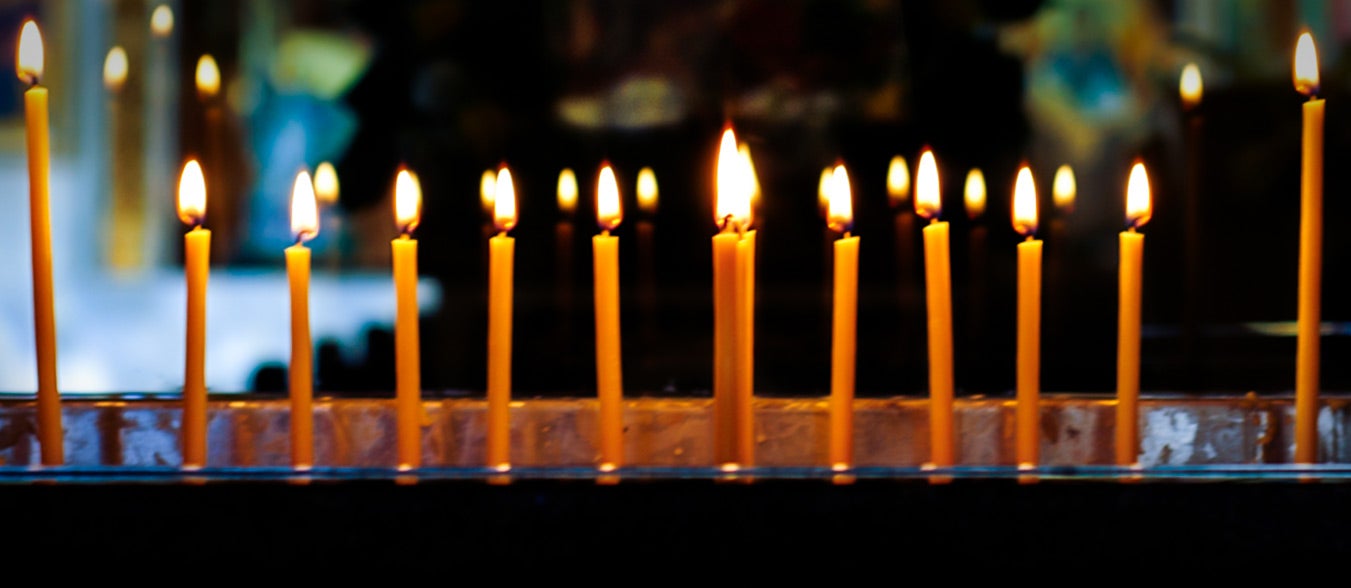2024 National YAL Conference Concludes, Celebrating Unity in Christ
08/08/2024
The Greek Orthodox Archdiocese Department of Youth and Young Adult Ministries (Y2AM) is overjoyed to announce the triumphant conclusion of the 2024 National Young Adult League (YAL) Conference, held July 3-7, 2024 at The Westin Gaslamp Quarter in beautiful San Diego, California.
St. Nektarios Greek Orthodox Church in Charlotte, NC Creates Children's Shrine to St. John the Baptist
08/08/2024
At their Vacation Church Camp earlier this summer, St. Nektarios Greek Orthodox Church in Charlotte, NC created a small shrine to St. John the Baptist.
HCHC's Huffington Ecumenical Institute Offers Fall Course "Anglicans and Orthodox in Dialogue"
08/08/2024
This fall, the Huffington Ecumenical Institute at Hellenic College Holy Cross (HCHC) is excited to offer the following hybrid course, both online and on campus.
Hellenic College Holy Cross to Host "Be Attentive" Retreat for Vocational Discernment
08/08/2024
Join Hellenic College Holy Cross for the “Be Attentive” Retreat!
Department of Religious Education (DRE)’s Did You Know: Did you know that when we pray the Jesus Prayer, we are praying for the whole world?
08/08/2024
When we pray the Jesus Prayer, we pray not only for ourselves but for all people, as we are called to pray for everyone (1 Timothy 2:1).
Department of Religious Education (DRE)’s Sunday Sermon Series: Seventh Sunday of Matthew
08/07/2024
This week, find insights from the Department of Religious Education (DRE) about the upcoming Gospel reading, where we learn about a man with paralysis who was helped by the faith and love of his friends to be healed by Jesus.
Maliotis Cultural Center Welcomes KOSMOS Project from the Metropolis of Neapolis in Thessaloniki, Greece
08/06/2024
The Maliotis Cultural Center at Hellenic College Holy Cross was delighted to welcome the KOSMOS Project from the Metropolis of Neapolis in Thessaloniki, Greece for insightful presentations about the Huntington Ecumenical Institute and the Maliotis Cultural Center.







